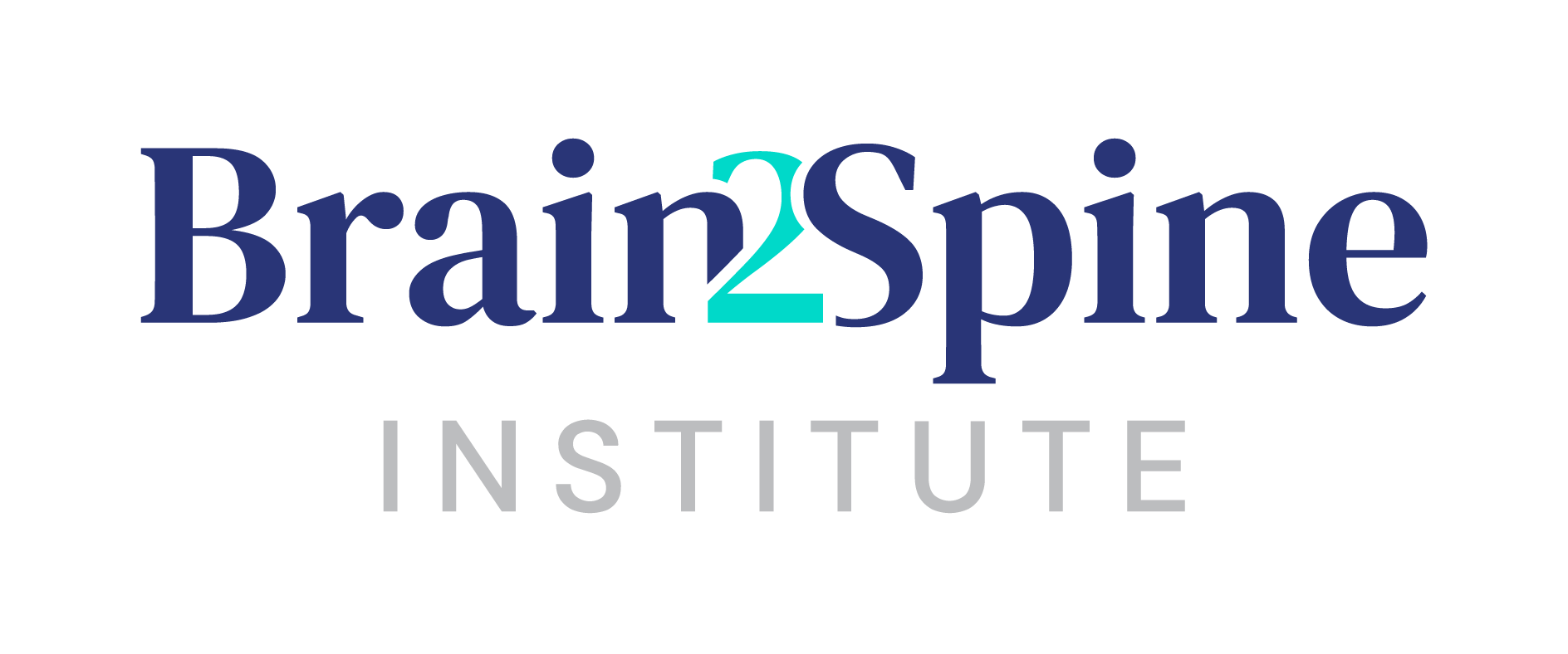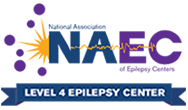The vertebrae are sandwiched by cushion-like rubbery discs that act as shock absorbers for the spine. Any one of these discs can herniate, causing fragments of the disc to press onto nearby spinal nerves. Herniated discs tend to be an early sign of degenerative disc disease.
Herniated discs can happen during an excessive back strain or sprain. However, as the spine degeneration and ages, herniations are more common.
Herniated Disc Symptoms
Your symptoms will vary depending on the location and severity of the herniated disc. Some people may not feel anything at all. The most common sites are lumbar and cervical.
Common symptoms include:
- Pain (in the low back, neck, behind the shoulder blades)
- History of intermittent episodes of low back pain
- Sciatica
- Radiculopathy
Herniated Disc Diagnosis
Your doctor will ask you a variety of questions to obtain a detailed family and personal medical history. They will perform a physical exam to evaluate your pain and range of motion. In order to confirm the diagnosis, you will require imaging tests. Herniated discs cannot be seen on X-Rays, therefore CT scans and myelograms are used. If more imaging is needed, an MRI will be ordered.
Herniated Disc Treatments
Medication & Physical Therapy
Treatment will depend on the severity of the herniation. In most cases, you will be recommended conservative treatment with a ‘wait-and-see’ approach. This consists of low, painless activity for up to a few weeks. This will reduce inflammation in the spinal cord to relieve pain. Your doctor will advise against bedrest, as this will only prolong the recovery process.
You may also be told to take NSAIDs (non-steroidal anti-inflammatory drugs) as needed, such as ibuprofen. Your doctor may also recommend physical therapy, creating an individualized treatment plan for you.
Lumbar Surgery
In severe cases, you may qualify for surgery. If the herniated disc is in the lower back, lumbar laminotomy will be performed to relieve pressure on the spinal nerves that cause sciatic radiculopathy.
In a laminotomy, the part of the disc that is causing pressure is removed; if the spine needs to be stabilized, a fusion will be performed. In some cases, laminectomy can be performed, which refers to the total removal of the disc followed by an artificial disc replacement.
Cervical Surgery
For herniated discs in the neck, a laminotomy can be performed, removing the injured part of the disc. If the laminotomy takes place in the back of the neck, stabilization is rarely needed. However, if surgery takes place in the front of the neck, the spine will need to be stabilized using instrumentation.
For a comprehensive evaluation from the experts at Brain2Spine Institute, call 727-828-8400.






